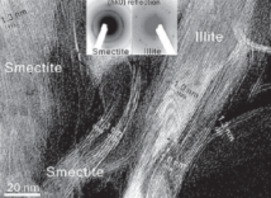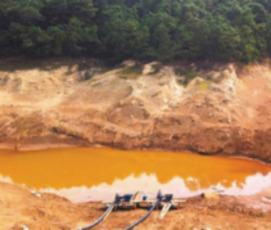Clay–Microbe Interactions and Implications for Environmental Mitigation
Clay minerals are ubiquitous in soils, sediments, and sedimentary rocks, and they play important roles in environmental processes. Microbes are also abundant in these geological media, and they interact with clays via a variety of mechanisms, such as reduction and oxidation of structural iron and mineral dissolution and precipitation through the production of siderophores and organic acids. These interactions greatly accelerate clay mineral reaction rates. While it is certain that microbes play important roles in clay mineral transformations, quantitative assessment of these roles is limited. This paper reviews some active areas of research on clay–microbe interactions and provides perspectives for future work.
Clay–Microbe Interactions and Implications for Environmental Mitigation Read More »



